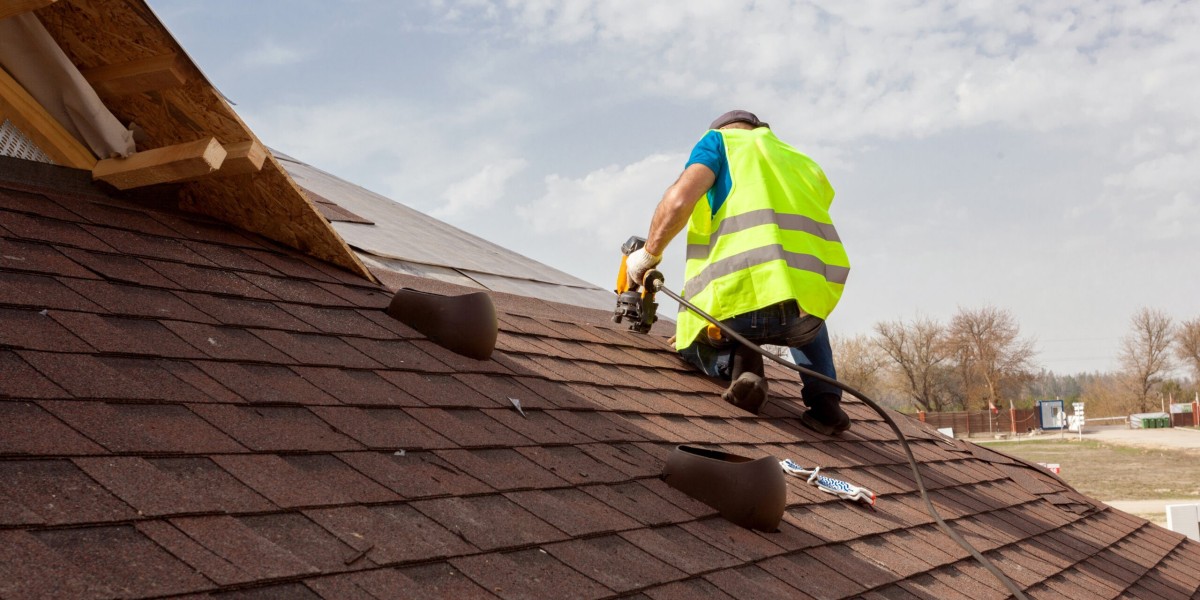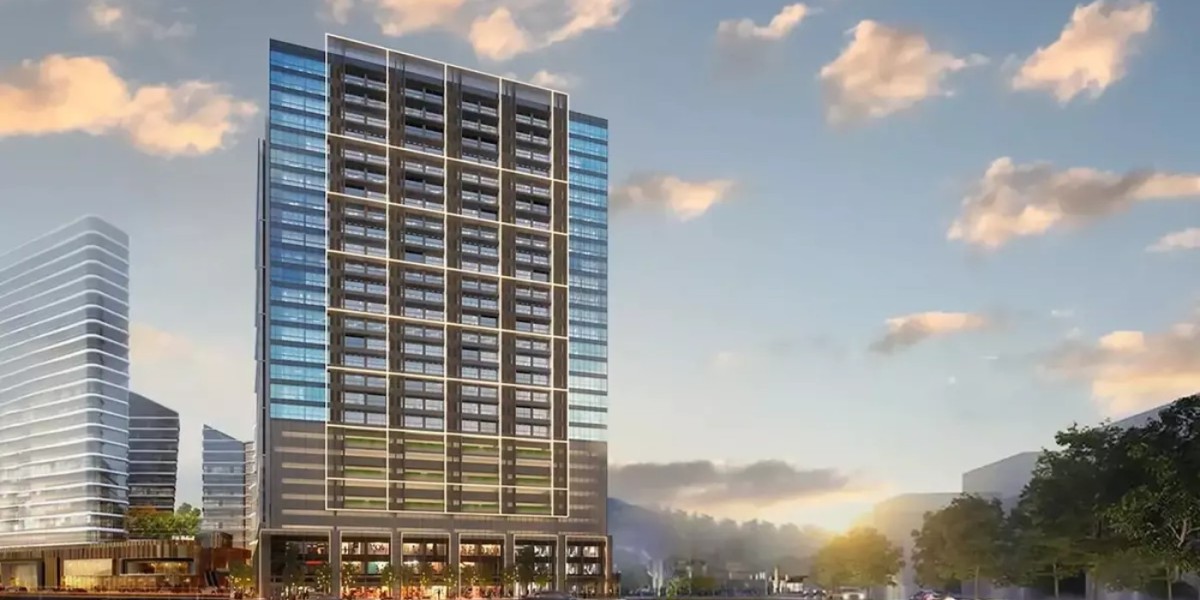As a business owner, one of the most important investments you can make is ensuring your commercial roof in Northampton remains in top condition. Roof maintenance not only extends the life of your roof but also protects your building and the assets within it. However, understanding how often to maintain your commercial roof can be tricky. In this article, we'll provide valuable insight into how often you should maintain your commercial roof, why it’s essential, and what you can do to prevent costly repairs.
1. Why Roof Maintenance Matters
Before diving into the frequency of maintenance, it's important to understand why roof upkeep is so crucial. A well-maintained roof ensures your building is protected from the elements, prevents leaks that could damage your property, and keeps energy bills under control. Over time, roofing materials wear down due to environmental factors like weather, debris, and UV exposure. Regular inspections and maintenance help identify issues early, preventing costly repairs or premature roof replacement.
2. How Often Should You Schedule Roof Inspections?
In general, commercial roofs should be inspected at least twice a year—once in the spring and once in the fall. These seasonal inspections ensure the roof is in good condition before and after harsh weather conditions like heavy rain, snow, or intense sun.
Spring Inspection: After winter, it's essential to check for any potential damage from snow, ice, or freezing temperatures. Winter conditions can cause shingles to crack, gutters to become clogged, or water to pool on the roof, leading to leaks.
Fall Inspection: Before the winter months, a fall inspection can help clear debris, fallen leaves, and dirt that may clog gutters and drains. Preventing blockages will allow water to drain properly and reduce the risk of water damage during the wet season.
3. Regular Maintenance Tasks
While inspections are vital, there are other maintenance tasks you should perform throughout the year. These tasks help to avoid serious damage that could result in expensive repairs. Here’s a breakdown of some essential maintenance tasks:
Cleaning Gutters and Drains: Blocked gutters and drains are a common cause of roof damage. Water that can't flow properly will accumulate and cause leaks or even structural damage. Make sure gutters and drains are cleared at least once every three to four months.
Checking for Debris: Debris like leaves, branches, and dirt can cause water to pool and damage roofing materials. Regularly remove debris from your roof, especially after storms or during the fall when leaves tend to accumulate.
Inspecting Flashing and Seals: The flashing around roof penetrations such as chimneys, vents, and skylights is a vulnerable area. Check for any signs of cracking, peeling, or lifting. Re-seal or replace damaged flashing as needed.
Checking for Ponding Water: If you have a flat roof, it's essential to check for standing water (also known as ponding). Ponding water can cause roofing materials to deteriorate more quickly. Ensure there’s proper drainage, and clear any blockages promptly.
4. Special Considerations for Your Roof Type
The type of roof you have will influence how often it needs maintenance. Here’s a quick guide based on common commercial roofing materials:
Flat Roofs: Flat roofs are prone to water pooling, so they may require more frequent inspections (every 3–6 months) to check for standing water and drainage issues.
Metal Roofs: Metal roofs are durable but still need to be checked for loose fasteners, rust, or corrosion. Inspections twice a year should suffice for metal roofing systems.
Single-Ply Membrane Roofs: These roofs, such as TPO or EPDM, require checking for punctures, tears, or seam separations. Make sure to inspect the roof at least twice a year, with additional checks after extreme weather.
5. When to Schedule More Frequent Inspections
Certain circumstances may warrant more frequent roof inspections. If your commercial property is located in an area with extreme weather conditions, you may want to schedule additional inspections during or after severe weather events. For example:
After a Storm: Strong winds, hail, or heavy rains can cause significant damage to roofs. After a storm, it’s a good idea to inspect your roof for any visible signs of damage, such as missing shingles, dents, or punctures.
When There Are Visible Leaks: If you notice any leaks inside the building, it's time for an immediate roof inspection. Even small leaks can cause serious structural damage if left unchecked, so they should be addressed as soon as possible.
After Tree Damage: If there are trees near your commercial building, be sure to inspect your roof after strong winds or heavy storms, as falling branches can cause significant damage.
6. How Often Should You Maintain Your Roof for Longevity?
While regular inspections are essential, maintaining your roof’s longevity requires more than just checking for damage. Implementing a preventative maintenance plan can help extend the lifespan of your roof. With a proper plan in place, you can reduce the frequency of expensive repairs and ensure your roof continues to protect your business effectively.
Consider these tips for longevity:
Re-coat or reseal your roof: Over time, the protective coatings on your roof wear down. Re-coating your roof every 5 to 10 years can protect it from UV damage and moisture penetration.
Upgrade insulation: Well-insulated roofs prevent energy loss, reducing your building’s cooling and heating costs. If your roof's insulation is outdated or damaged, upgrading it can improve energy efficiency.
7. What Happens if You Don’t Maintain Your Commercial Roof?
Neglecting roof maintenance can lead to a host of problems, including:
Increased Repair Costs: Small issues can escalate into expensive repairs if left unaddressed. For example, a minor leak can cause water damage that affects the building’s structure and interiors.
Reduced Roof Lifespan: Without proper care, your roof will wear out prematurely. Regular maintenance extends the life of your roof, helping you avoid costly roof replacement sooner than necessary.
Health and Safety Risks: A poorly maintained roof can lead to leaks, mold growth, and even collapse in extreme cases. Protect your business, employees, and customers by maintaining your roof regularly.
Conclusion
To ensure the protection of your commercial property, roof maintenance should be a priority. Scheduling bi-annual inspections, addressing minor repairs, and performing regular maintenance tasks can help keep your roof in excellent condition. If you’re unsure about the state of your commercial roof, it’s always best to consult with a professional roofing company. At Roofer Northampton, we can provide expert advice, inspections, and maintenance to keep your roof in top shape, so your business stays protected for years to come.







